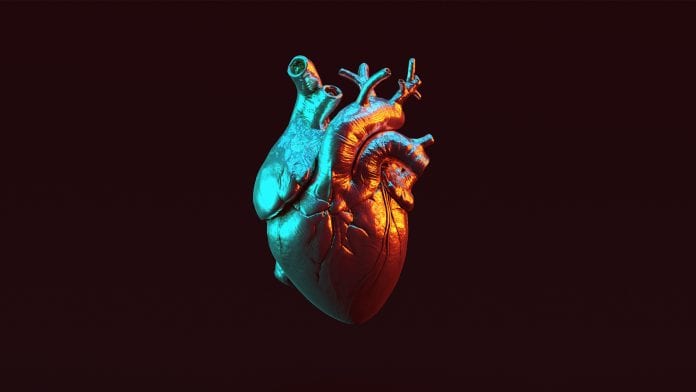
Physicists and cardiologists have utilised machine learning to come up with a new algorithm.
This new Artificial Intelligence algorithm can predict life expectancy in heart failure patients and has achieved an 88% success rate.
When Avi Yagil, professor of physics at University of California San Diego, who helped to develop the algorithm after suffering with heart failure himself, said: “In my day job, I use machine learning to understand a vast amount of information and measurements of particles and how they interact.
“The human body is even more complex, but the medical profession isn’t utilising the technologies that are needed to capture the multi-dimensional correlations between the measurements, such as lab tests and vital signs, and the outcomes.
“We hypothesised that such methodology and techniques could contribute to improving the prognosis and treatment of heart patients with heart failure.”
Creating the algorithm
To develop the algorithm Yagil teamed up with Eric Adler, cardiologist and director of cardiac transplant and mechanical circulatory support and Barry Greenberg, professor of medicine at UC San Diego School of Medicine and director of the advanced heart failure treatment programme, both at the Cardiovascular Institute at UC San Diego Health.
Adler said: “We wanted to develop a tool that predicted life expectancy in heart failure patients.
“There are apps where algorithms are finding out all kinds of things, like products you want to purchase. We needed a similar tool to make medical decisions. Predicting mortality is important in patients with heart failure. Current strategies for predicting risk, however, are only modestly successful and can be subjective.”
Predicting life expectancy
Yagil said the newly developed model was able to accurately predict life expectancy 88% of the time and performed substantially better than other popular published models. The results are published online in the European Journal of Heart Failure.
Adler said: “This tool gives us insight, for example, on the probability that a given patient will die from heart failure in the next three months or a year.
“This is incredibly valuable. It allows us to make informed decisions based on a proven methodology and not have to look into a crystal ball.”
The tool was additionally tested using de-identified patient data from the University of California San Francisco and a data base derived from 11 European medical centres.
Yagil said: “Being able to repurpose our findings in independent populations is of utmost importance, thus validating our methodology and its results.”
All three of the investigators said the partnership between physicists and cardiologists was critical to developing a reliable tool and extensive knowledge and experiences from both sides proved synergetic.
“It’s been a wonderful collaboration with two groups that don’t usually join forces,” said Adler.
“Our findings need further validation, but we are thrilled to have these results to build upon. Avi has a first-hand perspective as a patient and a strong motivation to help improve existing medical strategies and approaches. Working with him has been a highlight of my career.”
Greenberg said: “We taught Avi how to think as a cardiologist and he taught us how to think as a physicist would.
“The insights learned have greatly influenced my perspective on how to utilise big data to accomplish important clinical research goals.”









